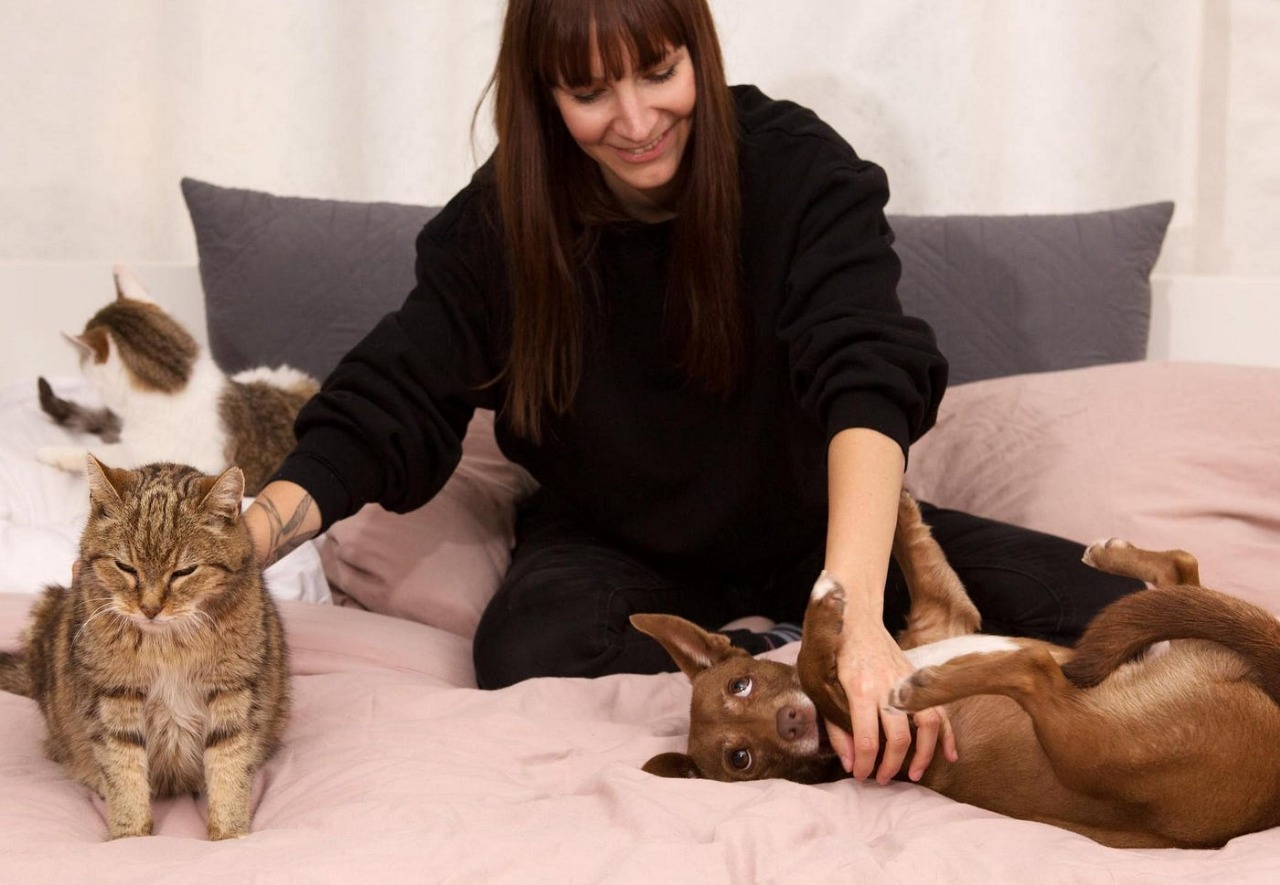
Follow WOWNEWS 24x7 on:
Updated: July 02, 2025 03:37

From baby talk with cats to full-blown conversations with dogs, pet owners around the world routinely speak to their animals as if they were human companions. While it may seem quirky—or even irrational—psychologists say this behavior is deeply rooted in human cognition, emotional intelligence, and social bonding instincts.
Here’s a detailed look at the science behind why we talk to our pets and what it reveals about us.
Key Psychological Drivers Behind Pet Talk
- Humans are social creatures wired for communication, and pets often become emotional surrogates in our lives
- Talking to pets activates the same neural pathways used in human-to-human interaction, particularly those linked to empathy and caregiving
- This behavior is a form of anthropomorphism—attributing human traits to non-human entities—which helps us relate to animals on a personal level
- According to behavioral scientist Nicholas Epley, anthropomorphizing pets is not a sign of childishness but a reflection of advanced social cognition
Infant-Directed Speech and Pet-Directed Speech
- Studies show that people often use a speech pattern with pets similar to how they speak to infants—high-pitched tones, exaggerated emotion, and repetition
- This style, known as pet-directed speech (PDS), helps strengthen the human-animal bond and may aid in training and emotional connection
- While pets don’t understand language the way humans do, they respond to tone, rhythm, and emotional cues embedded in our speech
Emotional Traits of Pet Talkers
- People who talk to their pets tend to exhibit high levels of empathy, emotional intelligence, and nurturing behavior
- They are often more attuned to non-verbal cues and capable of forming deep emotional connections beyond verbal communication
- Talking to pets can also serve as a form of emotional regulation, offering comfort during stress or loneliness
Evolutionary and Social Context
- Dogs, having been domesticated for over 15,000 years, are especially responsive to human vocal and visual cues, making them ideal conversational partners
- Cats, though more independent, also engage in reciprocal communication through gaze, vocalization, and body language
- This behavior reflects our evolutionary need for companionship and the human tendency to seek connection—even across species boundaries
As science continues to explore the nuances of human-animal interaction, one thing is clear: talking to pets isn’t just endearing—it’s a window into the complex emotional and cognitive machinery that makes us human.
Sources: Psychology Today, The Atlantic, Psychology Spot, MSN Health, May–June 2025

